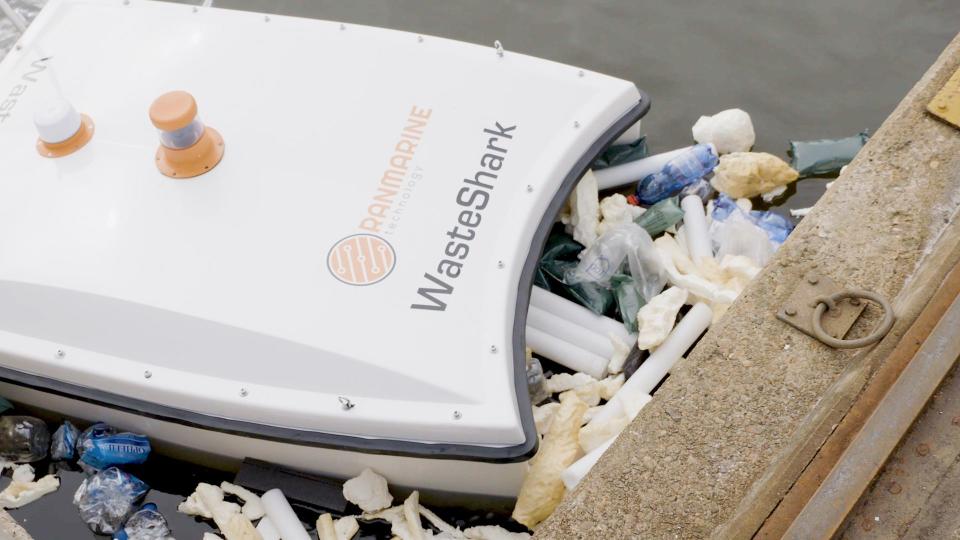Hundreds of 'sea potatoes' have washed up on a beach in Cornwall

Yes, you read that correctly. Sea potatoes are a real thing, and they have washed up by the hundreds on Penzance beach in Cornwall, UK, over the last few days.
SEE ALSO: New dolphin-whale hybrid sea creature is the spawn of an unholy union
According to the BBC, the beach at Wherrytown in Penzance was covered in small, mysterious orb-shaped creatures from the sea. A local resident, Rosie Hendricks, told the BBC she saw "odd-looking" creatures on the beach while out with her family. "I wasn't sure what they were," Hendricks said.
I saw the sea potatoes this morning on #Penzance beach, Poppy thought they were worth investigating pic.twitter.com/cZ2hWtPR02
— Toni Turner (@ToniTurnerBiz) August 11, 2018
So, what exactly is a "sea potato"? Mashable spoke to Martin Attrill — professor of marine ecology at University of Plymouth — to find out precisely what these so-called "potatoes" are and why they all chose to congregate on the south coast of England.
Hundreds of Sea Potatoes washed up at Wherrytown in #Penzance https://t.co/3sdinA9MSR pic.twitter.com/IcmA0oT1T0
— Cornwall/Kernow (@CornwaII) August 11, 2018
"Sea Potatoes (a.k.a. Echinocardium cordatum) are burrowing sea urchins," Attrill told Mashable. "They are cousins of the spiny and spiky ones you see on rocks and also related to starfish."
And according to Attrill, it's not out of the ordinary for large groups of sea creatures to wash ashore.
"Wrecks of marine organisms are not uncommon – huge numbers of crabs and lobsters were washed up on the east coast last winter. But the exact cause is not completely certain. Often a cause can be unusual storms that impact at a time of year when they aren’t often expected," says Attrill.
Per the Cornwall Wildlife Trust, these little critters are also known as "heart urchins" because of their "distinctive shape."
"This medium-sized sea-urchin is densely covered in fine, beige spines, giving it a hairy appearance," reads a description on the trust's website. "The Sea Potato lives buried in up to 15cm of muddy and sandy sediments from the shore to 200 metres deep." Apparently they can be found on "sandy and muddy shores" on UK coasts.
Still a bit weirded out by the funny looking sea spuds? We asked professor Attrill to provide some fun facts about them. "If you look at their shell (called a test) you can see a five pointed star pattern that gives away their relationship with starfish!" says Attrill.
"Like all echinoderms (that just means “spiny skin”) they have odd tube feet – an internal hydraulic system where water power can move lots of little feet in and out. The sea potato uses these tube feet to feed off organic matter in the sediment," Attrill continues.
That actually is fun. Not as funny as the name, though.
WATCH: Meet the aquatic WALL-E that could help clean our oceans


